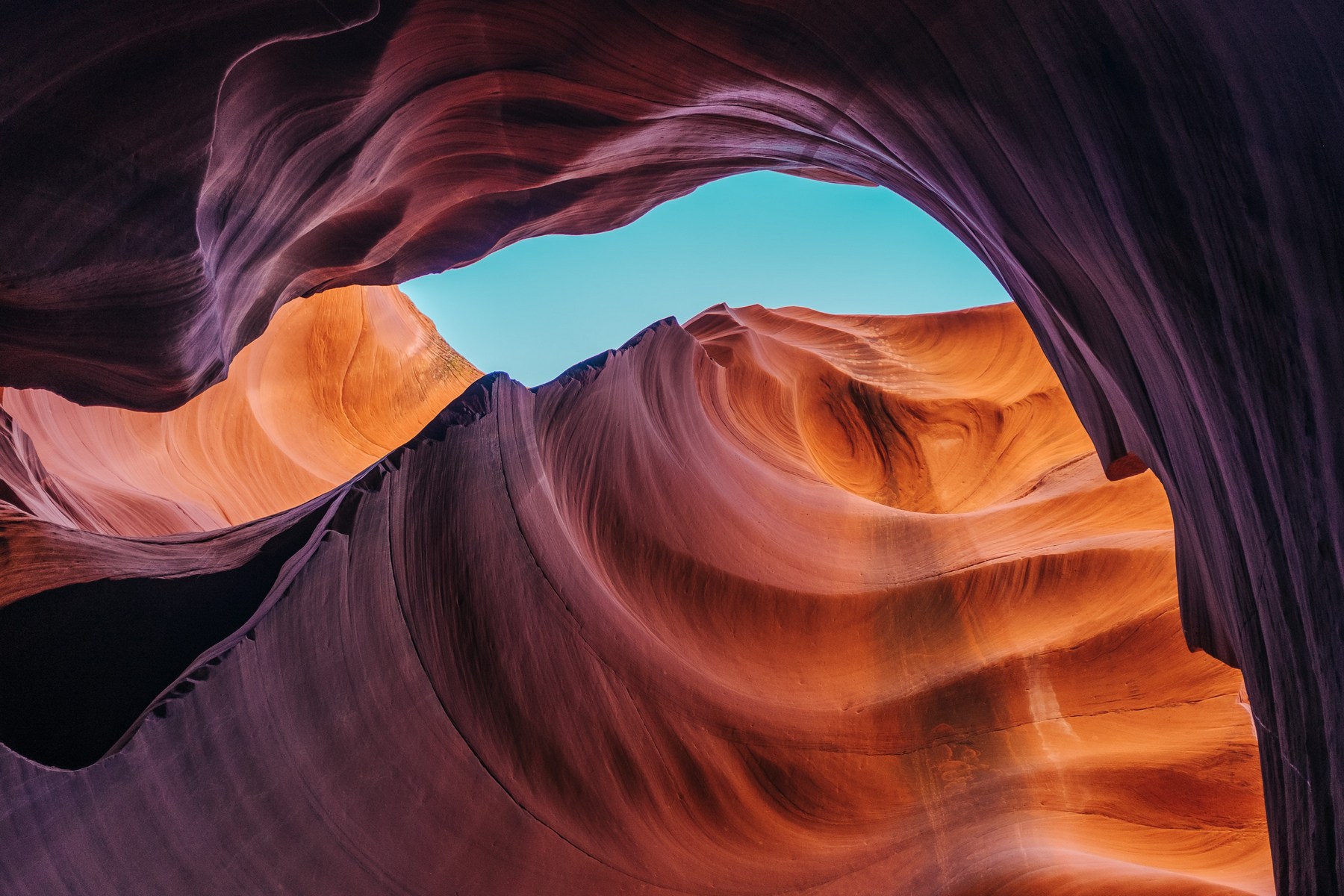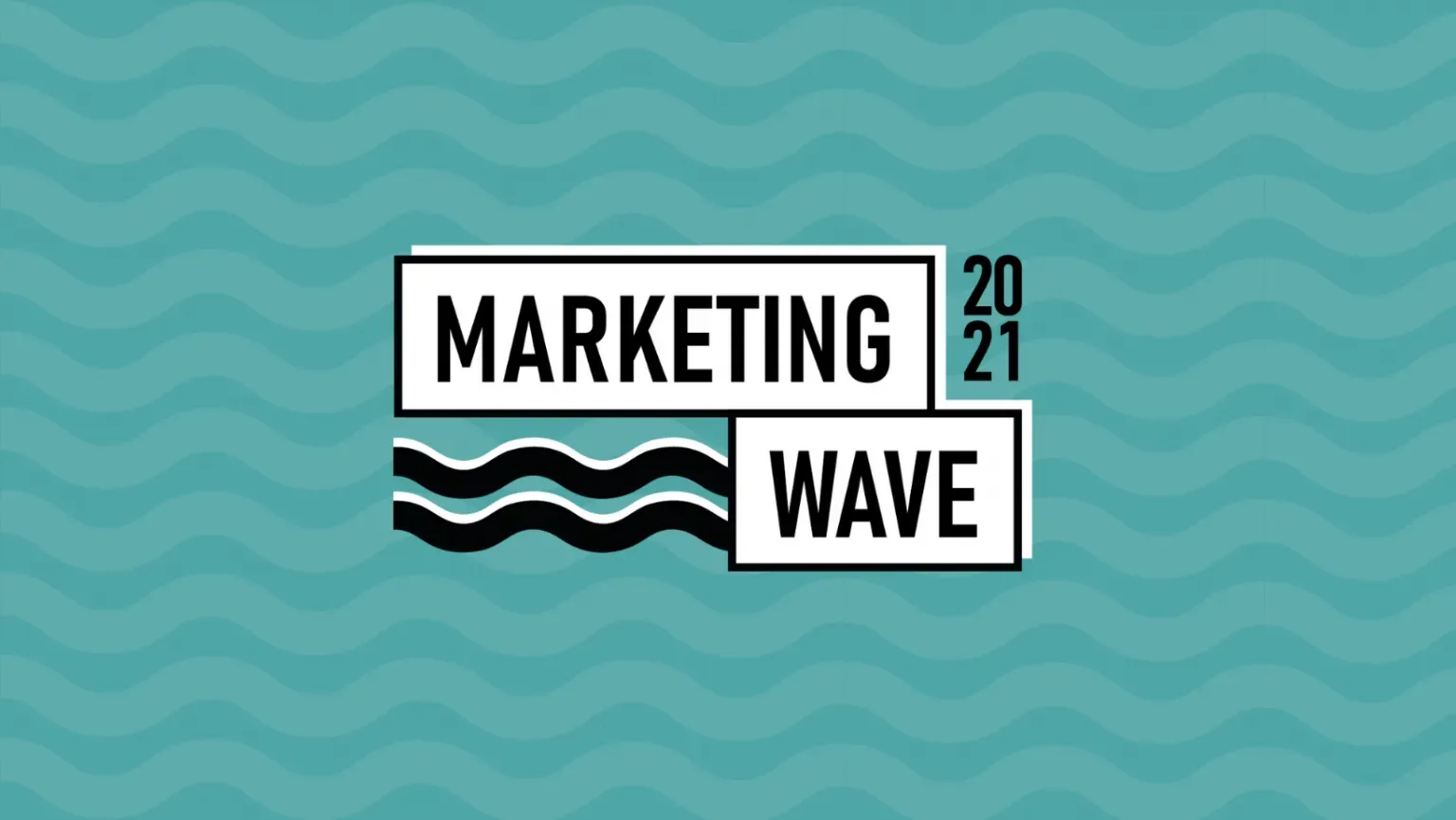Self-Isolation and the Second Rise of Influencers
The Opportunity
In times of crisis, people’s needs change. What we are now going through is no exception. But while some of us might have rushed to purchase year-supplies of non-perishables, the unique nature of the current pandemic has made it so that nearly everyone eventually found themselves in need of something different.
Being closed at home has placed entertainment in higher demand than ever. Fortunately, most media nowadays benefit from what economists call zero marginal costs, which is why we are a lot less likely to witness supermarket brawls over the last copy of the new season of La Casa de Papel, than over the last roll of toilet paper.
However, while everyone can get their share of quality television shows, it does not follow that there is no scarcity of entertainment. In the digital era, this scarcity comes not from limited access to media, but from the quantity of new media that’s produced. In other words, just because we suddenly find a lot more time on our hands, it doesn’t mean we are ready to start rewatching our favorite shows on loop (yet).

– Netflix’s “Tiger King” broke record streaming service’s record for longest time as most-watched show. Courtesy of NETFLIX
Our need for distraction has had us searching for sources of entertainment we may have previously overlooked. Global Web Index published a study on changes in media consumption through different age groups during the COVID-19 epidemic. The results found that 44% of Millennials, as well as over half of participant Gen Z’ers, have either started consuming or significantly increased consumption of online videos – think Youtube and TikTok, mostly. It should come as no surprise, since these websites feature a virtually endless supply of entertainment that is pushed smart predictive algorithms to fit your specific taste and is updated constantly.
The increase is, across all generations, second only to that of watching broadcast TV. However, there is a key difference in the potential staying power of these two types of media. While the increase in television viewing can be explained by people being confined to their homes, and is thus a temporary spurt of life into a still dying medium, research reveals that a massive 73% of those who are currently consuming online videos intend to continue to do so even after the outbreak.
This major behavioral change, even if temporary – and, hopefully, short-lived – has nonetheless created opportunities. In my opinion, there is one type of advertising in particular that has the potential to reach unprecedented levels of success.
Influencer Marketing – What You Need to Know
The notion of influencer marketing exploded in popularity around five years ago. The phenomenon was born in Instagram and out of necessity, since the platform did not allow ads at the time, forcing brands to resort to paying popular users for publicity. While it was initially hailed as a foolproof strategy, marketers have come to see influencer marketing as another tool in their arsenal. As any tool, it comes with limitations, including a potential to do more harm than good to a brand, since it ties the brands public image to that of individuals.
In the context of marketing, an influencer’s purpose is, to the surprise of no one, to influence. What may be unclear to most is how to achieve this purpose. It’s essential to keep in mind that a social media influencer is first and foremost a content creator. They have constructed a sizeable captive audience through a combination of aspects of their content and personality: expertise, authenticity, humor, and originality are all examples of the characteristics that draw in followers.

– Massively popular youtuber Pewdiepie has seen his share of controversies. Getty Images
Since it is intrinsically tied to the individual, an influencer campaign, if not carefully planned, could stand to be harmful for both the company’s and the creator’s brand. This begs the question: How can I take advantage of influencer marketing during these strange times? As one of the previously mentioned Gen Z’ers (although I personally prefer the term Zoomer) who’ve been spending way too much time watching videos online, I believe I have some valuable pointers.
How You Should Be Using Influencers to Advertise to Me
A common form of advertising in Youtube videos is similar to old-school television advertising. It is not uncommon for a video to start, end, or be interrupted by the creator telling the audience about a “cool” product they should check out by clicking the link in the description.
Much like TV ads, the main purpose of these plugs is generating brand awareness. However, since the nature of Youtube allows you to just skip ahead in the video to after the ad, effectiveness relies on the creator’s ability to keep the viewer entertained enough not to fast-forward. This is where a brand can really benefit by reducing restrictions to creativity. Most of us nowadays, especially members of the Millennial and Gen Z age groups, can tell when we are being advertised to, and we generally don’t like the feeling.
This is why it is essential to allow the creator to speak in their own voice when telling their audience about a product or brand. Influencer advertising is different from other forms of marketing in that it requires companies be willing to give up a degree of control in order to be effective. If the youtuber has a unique style of comedy, any advertising material they create should share this same style (provided it doesn’t clash with the company’s message, but this should be determined before selecting the influencer). This way, there is no incentive to skip the ad, increasing the value of the campaign.
– Youtuber Internet Comment Etiquette created a fan-beloved series of advertising comedy skits for Nord VPN.
An even more powerful component of influencer marketing than entertainment, is trust. Recent research states that the best predictors for positive effect on purchase intentions are trustworthiness and similarity (to the audience). This is easily understood if we view influencer marketing as an evolution of word-of-mouth. A study conducted by Nova Marketing Club adds weight to this claim, suggesting that parasocial relationships – one-sided feelings of intimacy, friendship, and identification that a follower may experience for a content creator – are the driver behind an online personalities marketing influence on their audience. The power of this dynamic can be witnessed in the popularity of life-style influencers whose appeal lies not in the content they produce, but in their personality.
A key opportunity factor which stems from our current state of self-isolation and further increases the potential of influencer marketing campaigns lies exactly in the type of relationships just described. I believe another reason behind the previously mentioned shift towards user-created content is a basic need for human connection and interaction, supply of which may feel limited in these times. Influencers now play a unique role in their ability to satisfy this need.
Still, recent episodes are showing that an audience’s opinion toward a public figure may drop drastically if they attempt to provide support and guidance, without garnering the necessary empathy. Celebrities, which many companies still believe fit the title of influencer, have often been the target of particularly nasty disdain as of late due to tone-deaf, vertical-selfie calls for positivity filmed from the swimming pool of their mansions.
– Actress Gal Gadot and her famous friends’ singalong of John Lennon’s Imagine was met with outcries and mockery.
This backlash may be the push many advertising firms needed to realize that influencer marketing is not just about how many followers or interactions an individual has, but, in a much more impactful sense, about the relationship the influencer has with their audience.
Plenty of critics have been quick to dismiss the relatively young marketing tool as overhyped and under-delivering. To their point, it is true that there have been some horror stories – like the infamous case of the instagrammer with over 2 million followers who failed to sell 36 shirts – but I believe we should look at these as cautionary tales and try to learn from them. The fact is, research shows the incredible potential of influencer marketing, and I believe the weird, unprecedented circumstances we find ourselves in could just be the key to unlocking it.
Matias Agostinho
Consultant

